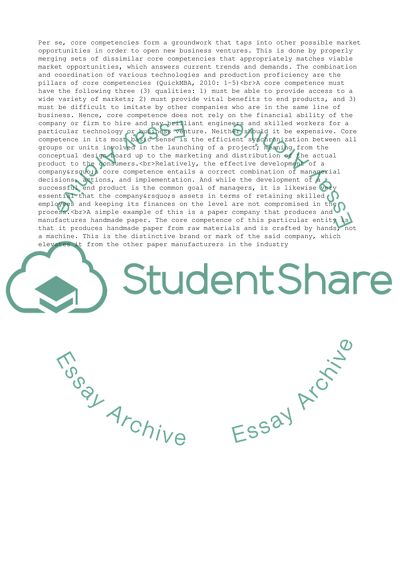Cite this document
(Understanding Distinctive Competence Assignment - 1, n.d.)
Understanding Distinctive Competence Assignment - 1. Retrieved from https://studentshare.org/management/1743610-strategic-management
Understanding Distinctive Competence Assignment - 1. Retrieved from https://studentshare.org/management/1743610-strategic-management
(Understanding Distinctive Competence Assignment - 1)
Understanding Distinctive Competence Assignment - 1. https://studentshare.org/management/1743610-strategic-management.
Understanding Distinctive Competence Assignment - 1. https://studentshare.org/management/1743610-strategic-management.
“Understanding Distinctive Competence Assignment - 1”, n.d. https://studentshare.org/management/1743610-strategic-management.


